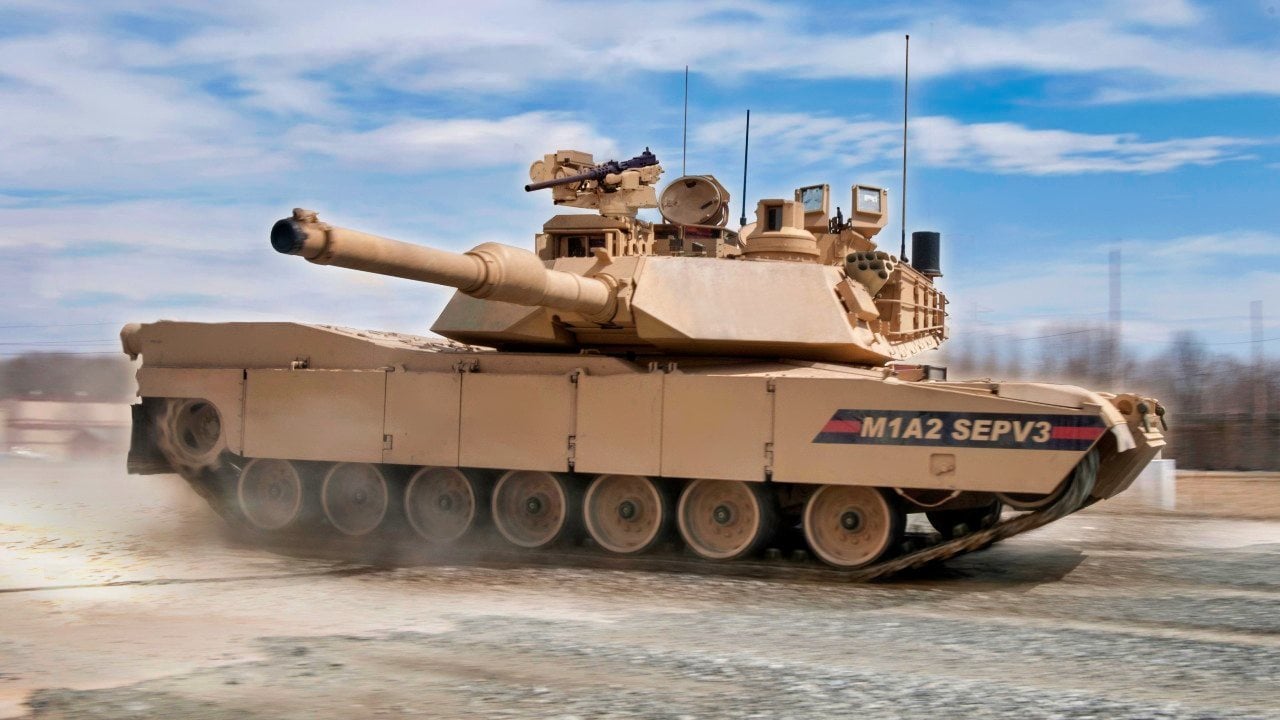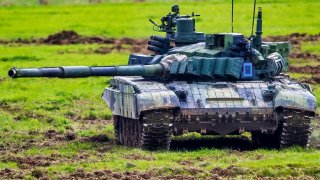Ukraine's Kursk Offensive Has Upended the War with Russia
Ukraine’s recent operations in the Kursk oblast have pushed the war into Russian territory, marking a significant escalation. Ukraine now holds 74 sites in a 45-mile-long pocket, utilizing advanced tactics and NATO-supplied weaponry.
Summary and Key Points: Ukraine’s recent operations in the Kursk oblast have pushed the war into Russian territory, marking a significant escalation. Ukraine now holds 74 sites in a 45-mile-long pocket, utilizing advanced tactics and NATO-supplied weaponry.
-The White House and NATO allies have shown support, allowing Ukraine to intensify its efforts. Putin, facing unexpected pressure, has resorted to nuclear threats but lacks good options.
-The situation highlights Ukraine's need for a long-term defense strategy, including acquiring modern tanks to guard against future Russian aggression.
-Ukraine’s war against Russia is a stalemate no more. Putin did not see this coming. And NATO is content to let Ukraine take the war to Russia.
Ukraine Pushes War Into Russia’s Territory, Shocking Putin
As the second week of Ukraine’s operation in Kursk oblast began, Ukraine claimed to hold 74 sites in a pocket about 45 miles long and 20 miles wide. Video clips showed Ukrainian tanks, modified with reactive armor, on the ground in Russia. U.S.-made Strykers were in action as Ukraine displayed new skills in combined-arms operations.
“It’s creating a real dilemma for Putin, and we’ve been in direct contact, constant contact, with the Ukrainians,” U.S. President Joe Biden said Aug. 13.
First and foremost, this is payback for more than 2,000 attacks launched by Russia into Ukraine from the Kursk region, according to Ukrainian Foreign Ministry spokesman Georgiy Tykhy.
For now, Putin is downplaying the Kursk pocket as a skirmish, even as local Russian officials declare states of emergency in front of Ukraine’s advance. However, his recent salvo of nuclear threats against NATO capitals suggests Russia’s leader is feeling the pressure. Whatever happens next, pay attention to the tactical lessons around this Kursk pocket. They could impact future course of the war… and Ukraine’s long-term defense.
First, Ukraine has scored a surprise by pushing the war “into the aggressor’s territory,” as President Volodymyr Zelensky said Aug. 10. “Ukraine is proving that it can indeed restore justice and is ensuring the exact kind of pressure that is needed – pressure on the aggressor,” Zelensky added.
Next, Ukraine’s combat experience and training by NATO members is paying off. Ukraine “is quite well-organized,” Michael Clarke of Britain’s Royal United Services Institute told Sky News. “They know what they are doing, and they’ve got a plan,” Clarke said, to include rotating troops in and out of the battle zone. That’s highly professional and will be a morale boost for Ukraine’s forces in the east and south.
So far, the White House is fine with all this. A few months ago, the White House joined Britain and other allies in authorizing Ukraine to use NATO-supplied weapons to hit specific targets inside Russia. Evidently, that policy extends to ground combat, too. National Security Council spokesman John Kirby said on Aug. 9 that Ukraine has permission to attack imminent build-ups of Russian forces. Pentagon spokeswoman Sabrina Singh confirmed Ukraine’s operations in Kursk “are within the U.S. policy of where they can operate our weapons, our systems, our capabilities.”
NATO does not appear worried about escalation either. On the contrary, the German Foreign Ministry said last week that Ukraine’s self-defense was “not limited to its own territory.” “We see no reason to restrict the activities of Ukrainians” echoed Finland’s President Alexander Stubb on Aug. 14.
Clearly, Ukraine has tacit permission to intensify the war, and why not? This is the era of the digital battlefield. Escalation control is quite feasible. Constant communication makes attack zones easy to set up and regulate in real-time, down to the meter. U.S. commanders in Iraq, Afghanistan and Syria frequently blocked off battle sectors for control of long-range fires, and air and drone strikes. For example, one who is very familiar with that system is Chairman of the Joint Chiefs of Staff General C.Q. Brown, an Air Force F-16 fighter pilot who commanded air operations in the Middle East at the height of the anti-ISIS war.

Ukraine has demonstrated tight command and control, racking up a series of strikes with drones and long-range artillery. The Russians said Ukraine attacked with over 100 drones on the night of Aug. 14. Over the weekend of Aug. 10-11, drones struck an airbase near Moscow. On August 3, an ATACMS sank the Russian Kilo-class submarine Rostov on Don in Crimea.
Expect all this to continue. Ukraine’s commanding general Oleksandr Syrskyi told The Guardian he has a plan for the Kerch Strait bridge, and indeed for all of Crimea.
Finally, Ukraine – like all others on Russia’s border – needs a long-term plan for defense. Tanks and armored vehicles will be vital for security. The land approaches from Russian will have to be guarded permanently. To do so, Ukraine will need a minimum of 300-500 modern tanks such as the M1 Abrams to create an agile, modern land force.
As for Putin, he fell back on his standard riposte: nuclear threats against the capitals of Europe. Putin does not have good options. Russia’s forces are tied down in the Donbass, making small tactical gains at huge cost, according to British Chief of Defense Staff Admiral Tony Radakin. The Kursk flank move caught Putin by surprise and without reserves in the area. If Ukraine penetrates further, Ukraine could be in a position to threaten Russian logistics and supply. Of course, Russia may counter-attack, but any scenario will stir up Putin’s critics.
Still, Putin had better watch his back with Beijing. Chinese Foreign Minister Wang Yi appeared as surprised as the rest of the world, sputtering old platitudes about “no expansion” of the war in remarks made on Aug. 12. Moscow is an economic vassal of China at this point. Yet the Chinese must be dismayed by seeing Ukraine’s tanks and Strykers in Russian territory; another undeniable sign that Russia is no glorious military power.
About the Author: Dr. Rebecca Grant
Dr. Rebecca Grant is a national security analyst and vice president, defense programs for the Lexington Institute, a nonprofit public-policy research organization in Arlington, Virginia. She has held positions at the Pentagon, in the private sector and has led an aerospace and defense consultancy. Follow her on Twitter at @rebeccagrantdc and the Lexington Institute @LexNextDC.
This article was first published by RealClearDefense.


